Curating a More Inclusive Library
Our shelves say a lot about who is welcome in our classrooms. Let's make sure they hold the full range of human experience. The post Curating a More Inclusive Library first appeared on Cult of Pedagogy.
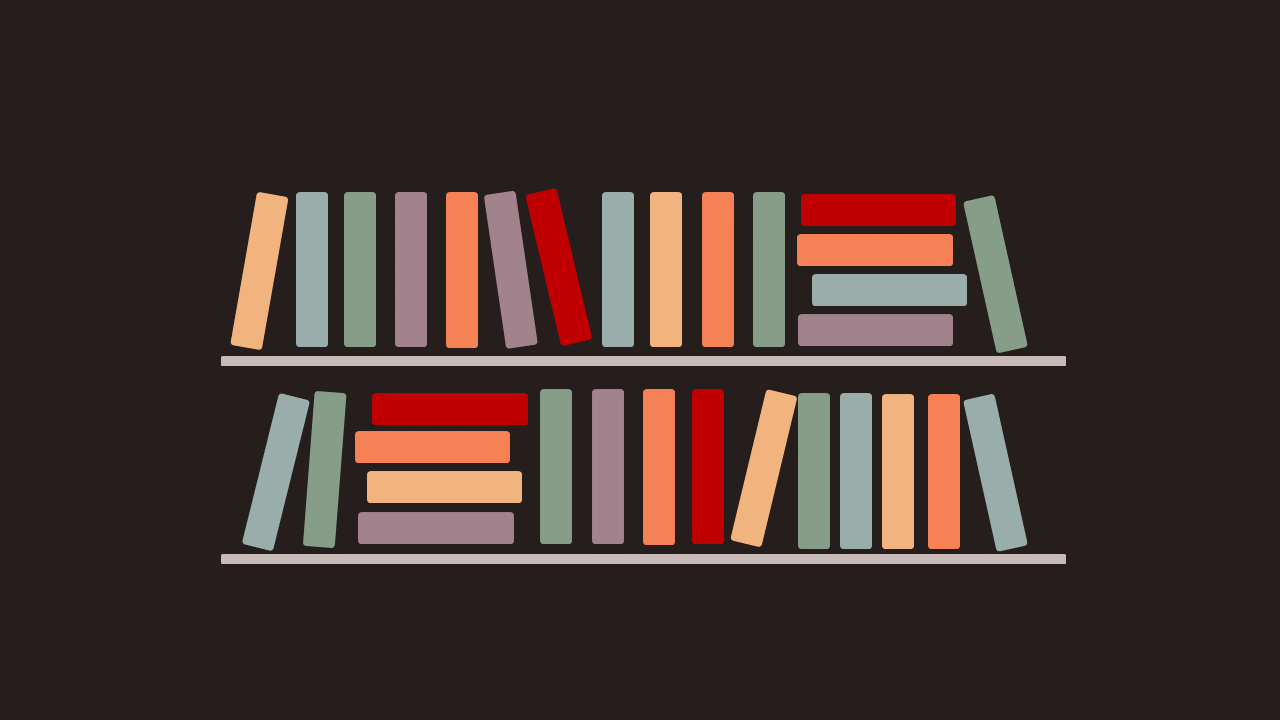

Listen to the interview with Julia Torres, Cicely Lewis, and Julie Stivers (transcript):
Sponsored by Alpaca and Scholastic Magazines+
This page contains Amazon Affiliate and Bookshop.org links. When you make a purchase through these links, Cult of Pedagogy gets a small percentage of the sale at no extra cost to you. What’s the difference between Amazon and Bookshop.org?
Books are one of the most powerful ways to learn about others and ourselves. Education professor Dr. Rudine Sims Bishop famously described it this way: “Books are sometimes windows, offering views of worlds that may be real or imagined, familiar or strange. These windows are also sliding glass doors, and readers have only to walk through in imagination to become part of whatever world has been created and recreated by the author. When lighting conditions are just right, however, a window can also be a mirror. Literature transforms human experience and reflects it back to us, and in that reflection we can see our own lives and experiences as part of the larger human experience. Reading, then, becomes a means of self-affirmation, and readers often seek their mirrors in books.”
For all three of these experiences to be available to us, we need a wide range of books to read, stories that represent a whole spectrum of people and lives. In many schools and classrooms, however, the offerings are far too limited, too narrow. This may be due to laws put in place to make sure that many stories are intentionally left out, or it may be because those in charge of choosing the books simply haven’t been connected to the voices and stories that would enrich their collections, get more kids excited about reading, and offer far more of those windows, mirrors, and sliding glass doors.
Curating the kind of library that truly reflects the diversity of human experience takes time, intention, money, and good tools. It’s also an ongoing process, because incredible titles are coming out every year, and we’re getting better every year at elevating voices that emerge to bravely tell their own unique stories. This is good work, valuable work, but it is, in fact, work.
The goal of this week’s podcast episode is to help you do that work. I’ve invited three exceptional librarians to share their expertise and recommendations in curating more inclusive collections:
Julia Torres currently serves as a public librarian in Colorado and was named as a 2020 Library Journal Mover and Shaker. She is the co-author, along with Valerie Tagoe, of the 2022 book Liven Up Your Library: Design Engaging and Inclusive Programs for Tweens and Teens (Amazon | Bookshop).

(photo credit: Michael Teak Photography)
Julie Stivers is a high school librarian in North Carolina who was named the 2023 School Librarian of the Year. She is the author of the 2021 book Include (Amazon | Bookshop) and a co-author of the upcoming book Manga Goes to School: Cultivating Engagement and Inclusion in K-12 Settings (Amazon | Bookshop).

Cicely Lewis, author of the Hair Magic series (shown below), is a school librarian in Georgia who was named the 2020 School Librarian of the Year.







We began our conversation by talking about why representation is so important in school libraries. Then we shifted into the nuts and bolts of how educators can build an inclusive collection, including a few really solid online platforms that can help and some ideas for getting funding. Finally, just to whet your appetite, each of my guests recommends a few favorite titles that would make excellent additions to anyone’s collection.
You can listen to the whole interview in the player above or read the full transcript here. Below are a few highlights and a list of all the books recommended by our panel.
Why Representation Matters in School Libraries
Lewis describes her own personal experience with seeing herself in texts: “Oftentimes when you don’t see yourself in books and movies, you don’t think you’re worthy of love and you’re worthy to be in this space. I still get excited when I see a book with a Black girl on the cover with an afro like mine, and just talking about things that I went through. Or when I read a picture book, and the little Black girl has a bonnet on at bedtime. These small things, they really matter.”
“Our library shelves, our displays, our books are always talking,” Stivers says. “What message are they sending about who is included and welcome in our space and who isn’t? As Donalyn Miller says, ‘The absence of a voice is a judgment against it.’ Representation…can help provide healing from living in a racist, homophobic, transphobic, xenophobic society. It can provide a roadmap of a future that can be hard to imagine for some of our teens. And it can build empathy for any student reading a book featuring a community that they don’t have personal experience with. It’s a win-win-win-win-win.”
How to Build a More Inclusive Library: Tools and Strategies
Don’t Create a “Multicultural” Section
Torres recalls a time when a group of teachers asked her if they should separate all of the books that represented historically marginalized characters together in the library under a “multicultural” banner.
“My advice was not to do that. What if you are one of the only people representing, for example, Eritrea or another African nation. And you’re the only student representing that culture at your school. How are you going to feel if people walk past the multicultural books displayed day after day, and they don’t choose the books from that section? Because that’s something that I hear a lot from people in predominantly white spaces is that the kids are not choosing to read books that feature characters from cultures outside their own.”
Instead, she advises integrating all books together. “We’ve got to get to a place in our society where seeing somebody whose lived experience is different from your own is natural, expected, anticipated, desired. Get young people accustomed to looking for storylines and characters that would feature the full range of the human experience, not just one human experience or one group’s human experience.”
Go Beyond Trauma
Both Torres and Lewis point out that we should be intentional about not limiting our collections to stories of trauma, but making sure there are plenty of titles that reflect the a range of experiences within different communities. “Our experience is not just trauma but also joy,” Lewis says, pointing to titles like The Electric Slide and Kai (Amazon | Bookshop), I Am Not Your Perfect Mexican Daughter (Amazon | Bookshop), and Children of Blood and Bone (Amazon | Bookshop) as examples of books that elevate strength and joy.
“Your collection needs to be diverse,” she says, “and not just racially diverse but delving into other areas and caveats that people really don’t talk about and bringing those to the forefront.”
Remember Manga
“I can’t say enough about graphic novels and manga belonging in any equity-focused library or classroom,” Stivers says. “When you think about who is standing at your manga shelves, it is students that are inhabiting more than one beautiful, marginalized community. And we know there is a greater percentage of teen manga readers that are Black, Latinx, queer, neurodivergent, and the beautiful intersectionalities within. Of course, manga is from Japan, so it is another experience, another country, another language, even though it’s localized into English for us to read it. But just because of what I’m talking about, of who is interested in manga so much, why wouldn’t we flood our libraries with it?”
Tools and Resources to Help
- Booksource Classroom‘s Diversity Audit automatically evaluates the books in your classroom library, identifies gaps and suggests the right titles to fill those gaps.
- The Guide for Selecting Anti-Bias Children’s Books from the Social Justice Books website offers specific things to look for when evaluating books for harmful stereotypes.
- The Penguin Random House High School Collection, which both Lewis and Torres worked on, is a curated set of thematically grouped texts and lesson plans that go beyond the literary canon to incorporate a wide range of texts that represent different experiences, characters, and cultures.
- Diverse Book Finder offers several tools to help you build a strong collection and evaluate the one you currently have.
- Two good options for raising funds are DonorsChoose, which can be done year-round, and grants from the Laura Bush Foundation, which accepts applications from early October through early December of each year.
Recommended Books
Each of our guests agreed to recommend 3 or 4 books for teachers who are looking for outstanding titles to add to their libraries. These are listed below.
The Door of No Return, by Kwame Alexander
Amazon | Bookshop
“One of the reasons I love it,” Torres says, “is that it gets into life in West Africa for an individual before they experience what happens once they come to the Americas. And I’m trying very hard not to ruin this for anyone. I’m sure you can tell a little bit about what happens in the book from the title, if you know anything about the Black experience. It’s a three-part series: ‘The Door of No Return’ is the first book. The middle book (below) is called ‘Black Star.'”
Black Star, by Kwame Alexander
Amazon | Bookshop
The second book in the ‘Door of No Return’ series, “it’s about a little girl who just wants to be a baseball player in the Negro leagues,” Torres says, “And it is connected to “The Door of No Return” but in a way that I want you all to discover for yourself. It is so beautiful. It is so beautiful. It might be my favorite thing that Kwame has written so far. It’s that beautiful. They’re written in verse, and it’s such a wonderful way to tell the story of the Black experience in ways that acknowledge the trauma but don’t center it, so that we can experience the fullness of what it means to be a person of African descent in the Americas.”
We Deserve Monuments, by Jas Hammonds
Amazon | Bookshop
“Talk about multi-layered,” Lewis says. “There’s so much going on, so much representation and it’s a young girl. She has to move to the South to stay with her grandma. Her grandma is terminally ill, and her grandma is kind of like the grandmas in Mississippi that I grew up with. She does not hold her tongue. She has her beliefs about the LGBTQ community. She has her beliefs about everybody, and they’re not politically correct, and she so authentically was able to capture that. And it’s just, truly a coming-of-age story. There’s one girl trying to find herself, discovering her sexuality. And also, you know, going between two worlds, being of mixed race and dealing with that, and so it was just a great book to have at the school for my students.”
Lewis also mentioned Hammonds’ latest book, Thirsty (Amazon | Bookshop) as another one that’s worth a read.
Messy Roots: A Graphic Memoir of a Wuhanese American, by Laura Gao
Amazon | Bookshop
“(The author) self-describes it as a book about growing up as a queer Chinese American immigrant in Texas,” Stivers says. “And she is from Wuhan, which no one had heard of in her American spaces until after 2020, of course. And so it has it all: growing up, awkwardness, beautiful art, both like this kind of idyllic rural life that she was in Wuhan, and then the suburban life in Texas. It does deal with identity searching, xenophobia, anti-Asian racism, coming out to your immigrant family. SLJ (School Library Journal) recommends it for grades 7 and up. I totally agree with that. I had it in my middle school library, and of course I have it in my high school library too.”
Here the Whole Time, by Vitor Martins
Amazon | Bookshop
“I love this book so much,” Stivers says. “It’s written by Brazilian author Vitor Martins. It’s beautifully queer. It’s narrated by Felipe who, he starts the book this way. I’m just going to read the first two lines: I’m fat. I’m not ‘chubby’ or ‘husky’ or ‘big-boned.’ I’m heavy, I take up space and people look at me funny on the street. That’s how the book starts off. It has this really sweet powerful male-male love story, and the relationship between Felipe and his mother just jumps off the page. It’s really beautiful.”
Darius the Great is Not Okay, by Adib Khorram
Amazon | Bookshop
“It’s probably almost my favorite realistic fiction,” Stivers says. “Darius, the main character, who like Felipe in ‘Here the Whole Time’ has this really amazing self-deprecating voice that I just go crazy over. Darius calls himself a fractional Persian due to his mother’s Iranian heritage, and he never feels like he fits in. He has clinical depression. If you notice, all the books we’re talking about have multiple intersectionalities. He assumes he’s going to feel the same way when he takes a trip to Iran, and he doesn’t. This book is so tender and so sci-fi nerdy at the same time. I love it so much. There’s so many Star Trek references dropped in there, and it also centers a queer character without it being a romance, which I think is really important.”
Monstrous: A Transracial Adoption Story, by Sarah Myer
Amazon | Bookshop
“They tell the story of growing up Korean with white parents and in an experience that was full of microaggressions and other things,” Torres says, “but also of coming into themselves as a queer but also just nerdy, geeky, unusual, but also beautifully unique person. And I think that the story really uplifts all of those of us who have felt like nerds or freaks or who have had the finger pointed at us because we are not what people say we should be. So I just think that the story is really beautiful, and she doesn’t shy away from expressing pain and what it is like. Because I think that something adults forget is that the process of going from adolescence or from early adolescence through the teenage years into adulthood is full of pain. It’s full of joy, but there’s a lot of personal pain that we experience during those years, a lot of us.”
Queer Ducks, by Eliot Schrefer
Amazon | Bookshop
“It’s a guide to the natural world of animal sexuality, like in all of its beautiful queerness,” Stivers says. “So the TLDR on this is that we have been lied to, and researchers and scientists have known about same-sex animal behavior for years and years and years. There’s over 1,500 documented studies. It’s wild. But for any queer student or adult who we’ve been told that our queerness is unnatural, right, they couldn’t be more wrong. ‘Queer Ducks’ is kind of like slyly humorous. The science is very accessible, and it’s incredibly affirming. SLJ says grades 7 and up for that; I had it in my middle school library and my high school library.”
And Two Recommendations for Adults
We Want to Do More Than Survive, by Bettina L. Love
Amazon | Bookshop
“If people have not heard of that book or Dr. Bettina Love’s work,” Torres says, “you need to familiarize yourself with what she is doing as well as the people who founded the Black Teacher Project. Because Micia Mosely is phenomenal and has done some really important work there as well.”
Razorblade Tears: A Novel, by S.A. Cosby
Amazon | Bookshop
“When you talk about a book that packs a punch,” Lewis says, “it kept me on the edge of my seat. It’s these two fathers in the South, and they’re both very traditional but their sons found each other, fell in love, and got married. Both sides of the family — one of the characters is white and one is Black — they’re not really accepting of their relationship. But they end up adopting a baby and they’re moving right along despite all of the things that the family has thrown at them, and then they get murdered. And the fathers come together to solve the crime of who did it. They go on a journey together. And when I tell you it really speaks to how much trauma a person from the LGBTQ community can receive in the Black community and just everything that you’ve ever heard if you’ve ever been in those spaces is put on the page. And it’s challenged, and it’s educational but it’s done in such a way that it’s still entertaining. So I highly recommend reading that one for yourself.”
Join our mailing list and get weekly tips, tools, and inspiration that will make your teaching more effective and fun. You’ll get access to our members-only library of free downloads, including 20 Ways to Cut Your Grading Time in Half, the e-booklet that has helped thousands of teachers save time on grading. Over 50,000 teachers have already joined—come on in.
The post Curating a More Inclusive Library first appeared on Cult of Pedagogy.
What's Your Reaction?






























.jpg?width=1920&height=1920&fit=bounds&quality=80&format=jpg&auto=webp#)



























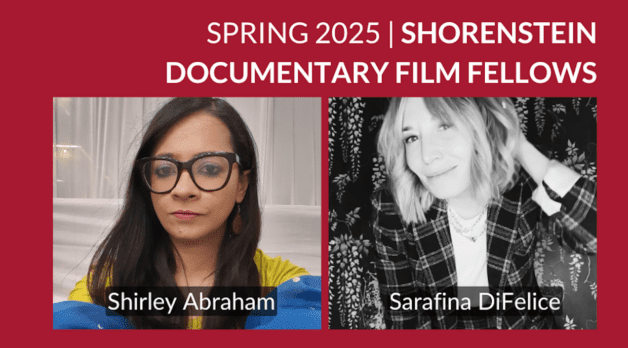
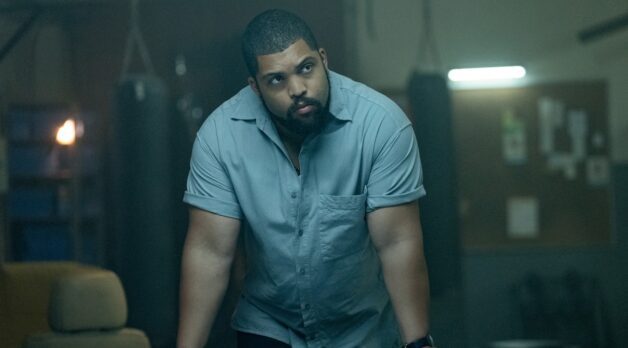















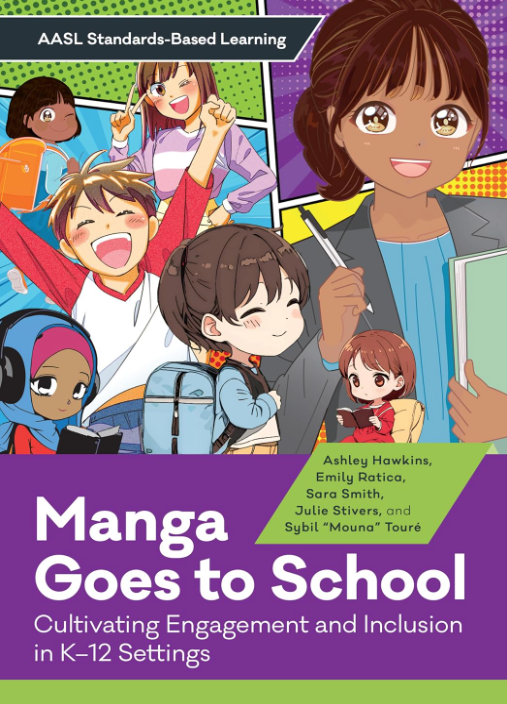

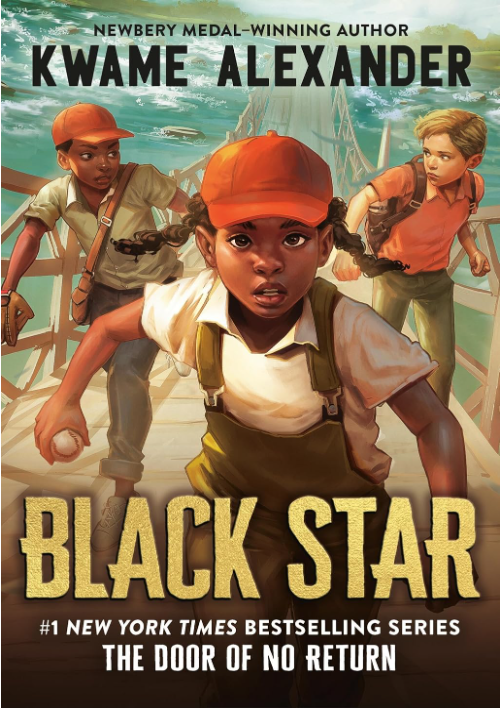

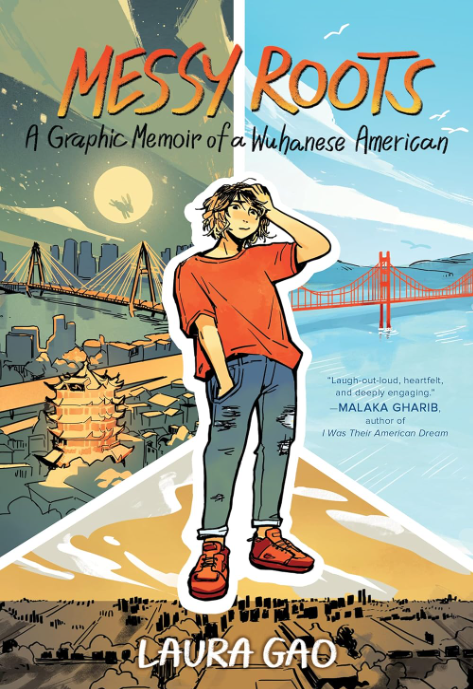
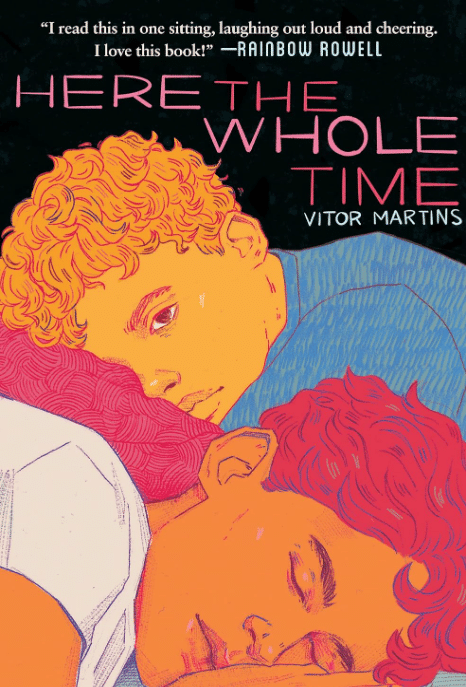

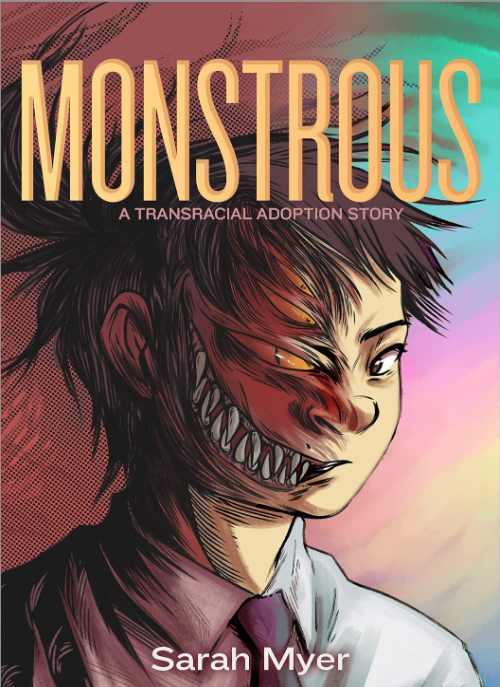
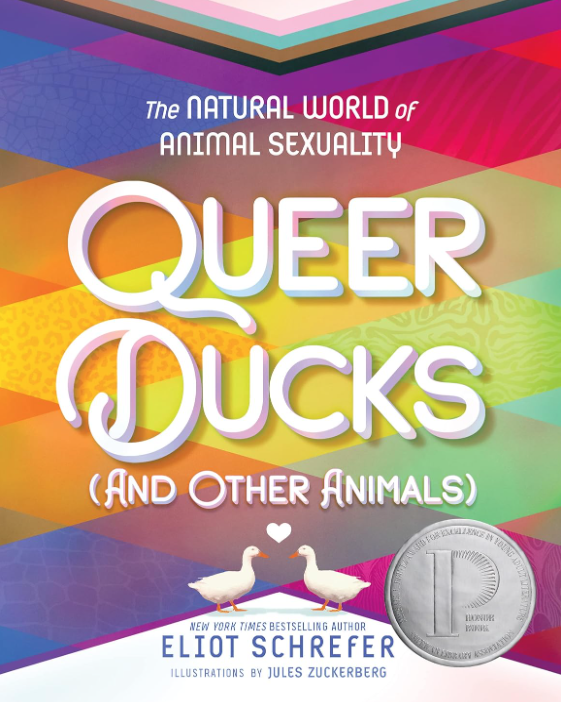
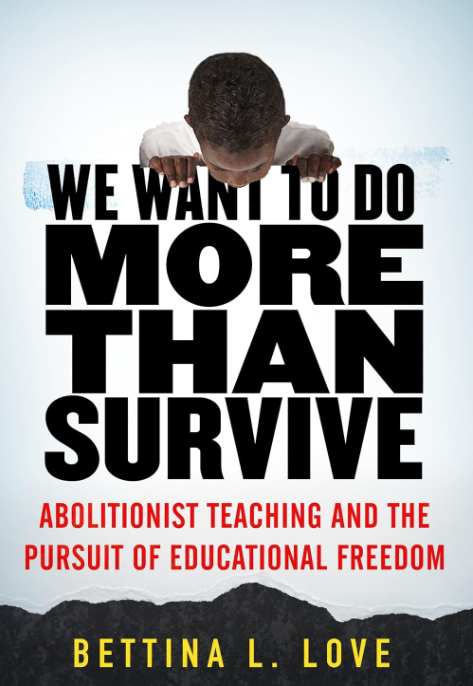

![The power of children learning outside [NAESP]](https://dangerouslyirrelevant.org/wp-content/uploads/2024/12/NAESP-Logo-Square.jpg)






